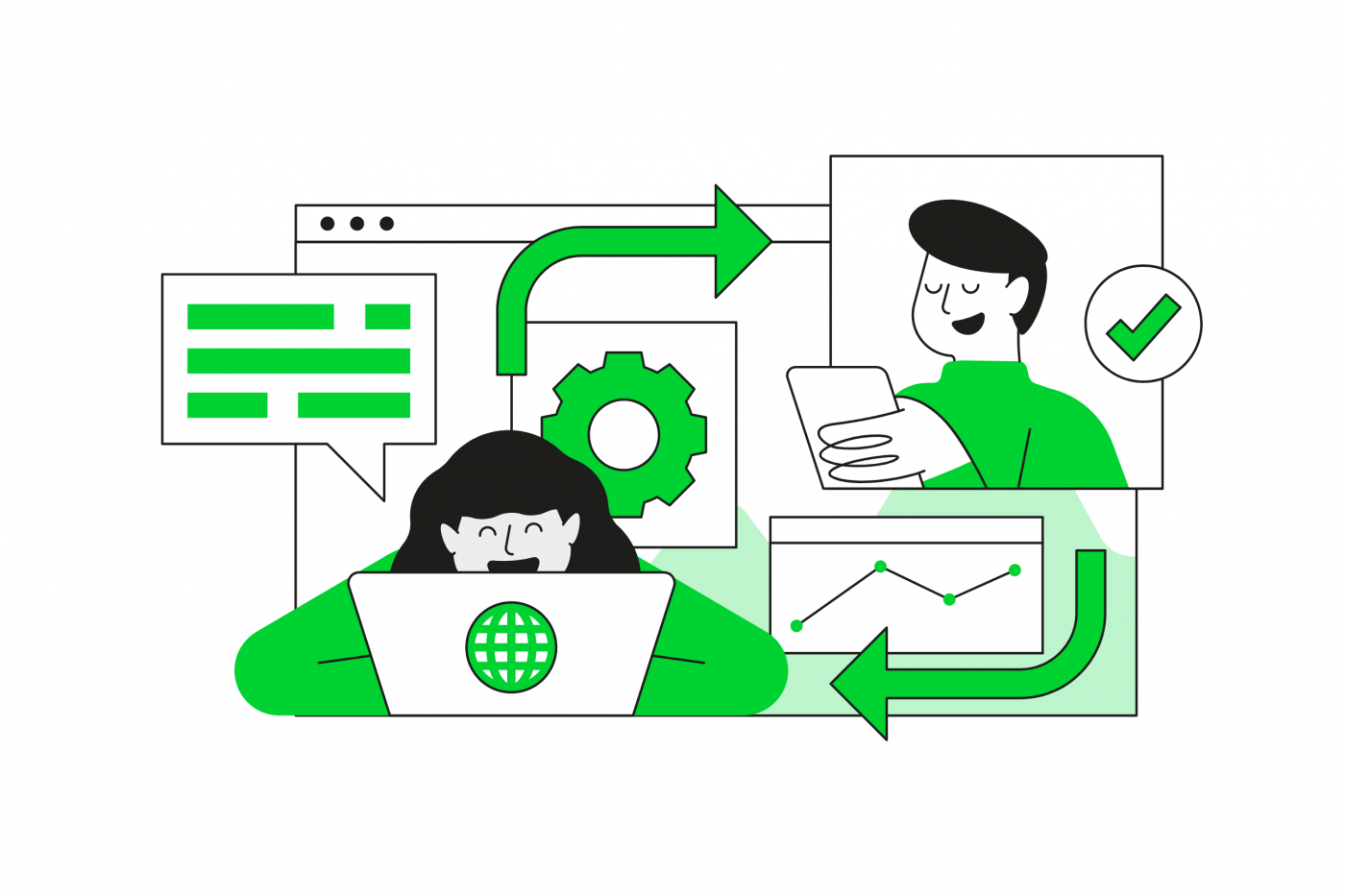
As a business automation professional, I’ve seen firsthand the transformative power of integrating the right tools into your business operations. In this article, I want to share with you how Sage 50 integration can be a game-changer, especially for directors of small businesses in the UK.
Understanding Sage 50 Integration
First off, let’s talk about what Sage 50 integration means. In simple terms, it’s about connecting Sage 50, a renowned accounting and business management tool, with other systems and applications you use daily. This integration streamlines your business processes, making them more efficient and less prone to error.
Why Sage 50?
Sage 50 is not just another accounting software. It’s a comprehensive solution designed to manage your finances, customers, and sales, all while keeping up with the UK’s legal requirements. It’s like having a multifunctional Swiss Army knife in your business toolkit!
The Benefits of Automating Your Business with Sage 50
I remember working with a small business owner who was drowning in manual processes. Everything changed when they integrated Sage 50.
Cost Savings
One of the immediate benefits you’ll notice is cost reduction. Automation minimizes the need for manual input, reducing labor costs and the likelihood of costly errors.
Efficiency and Accuracy
With Sage 50, processes like invoicing, tax filing, and financial reporting become more efficient and accurate. For instance, a client of mine reduced their financial reporting time by 40% after integrating Sage 50.
Real-time Data Access
Real-time data access is crucial. Sage 50 provides up-to-date financial information, allowing you to make informed decisions quickly.
Scalability
As your business grows, your systems should grow with you. Sage 50’s scalability means you won’t outgrow your accounting software.
Sage 50 Integration in Action – Case Studies
Let’s look at some real-life examples. A small retail business in Manchester integrated Sage 50 with their POS system. The result? Faster transactions, streamlined inventory management, and happier customers.
Getting Started with Sage 50 Integration
If you’re considering Sage 50, here’s how to get started:
Assessing Your Current Systems
Evaluate your current systems. What processes are most time-consuming? Where do errors most frequently occur?
Choosing the Right Integration Partner
Selecting the right partner is crucial. Look for someone who understands not just the software, but also your business needs.
Training Your Team
Training is often overlooked but is critical for successful integration. Ensure your team understands how to use Sage 50 effectively.
Customizing Sage 50 for Your Unique Business Needs
Every business is unique, and Sage 50 can be tailored to meet your specific requirements. Whether you’re in retail, hospitality, or services, Sage 50 can be customized with add-ons and custom solutions.
Overcoming Common Challenges in Integration
Integration can be daunting, but most challenges are easily overcome. For example, data migration can seem overwhelming, but with the right planning, it can be a smooth process.
The Future of Business Automation with Sage 50
Staying ahead in business means keeping up with technology trends. Sage 50 continually evolves, offering new features and integrations that keep your business at the cutting edge.
Conclusion
Integrating Sage 50 into your business can bring about a significant transformation. It’s not just about automation; it’s about streamlining your entire operation to work more efficiently, accurately, and cost-effectively.
Remember, the journey to effective business automation is ongoing, but with tools like Sage 50, you’re well-equipped for the road ahead.
